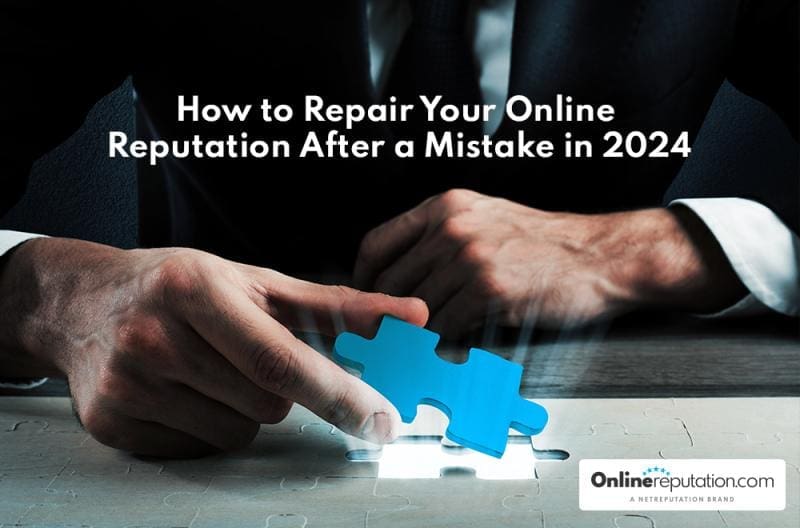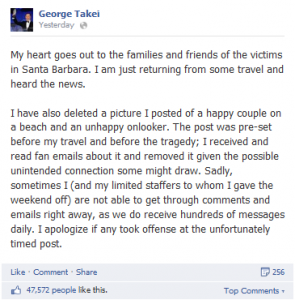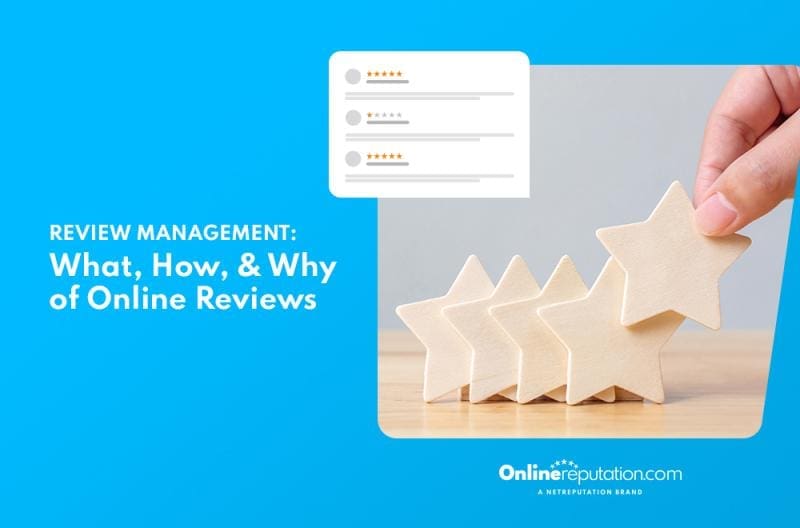
It happens in life, even to the best of us: we make mistakes.
Online, mistakes are amplified. A rouge tweet or blog post with a typo can travel faster than you can hit the delete button; not that it matters anyway, since the more popular your brand, the more people will have screenshots of the incriminating incident.
Yet, there’s a silver lining. The internet’s attention span is fleeting, with the focus shifting rapidly to the next scandal. While not everything is forgiven, most mishaps are eventually relegated to the background noise, fading from the collective memory of the general public. However, this transient nature comes with a caveat.
People tend to form instant judgments, and a single misstep can result in a substantial revenue loss as disgruntled customers swiftly express their displeasure. What’s more, a grievous error can have lasting repercussions. Customers who leave may never return, leading to a significant impact on potential recurring revenue streams.
Every post, tweet, or update carries weight, and it is delicate to balance maintaining a positive image and inadvertently causing a public relations crisis. Brands must navigate these waters precisely, understanding that the internet, while forgiving, never truly forgets.
The following steps are my recommendations for handling past online mistakes that could damage your reputation:
Step 0: Have a plan.
Yes, I have a step zero, because online reputation damage control should start now. You’re going to make mistakes online. When you do, have plans in place for how to handle these mistakes. This is especially important as your team grows since you might not be reachable when a problem occurs. Make sure every employee knows how to handle tough situations moving forward.
Step 1: Identify the severity of the problem.
Some problems are funny or annoying but won’t do much reputation damage. For example, if you make a typo in one of your tweets, it’s not the end of the world (unless you run an editing business, maybe!), but if an angry employee posts a racist message on your Facebook page, this is a huge deal. The severity of the problem will help you determine how drastic your response should be.
Step 2: Fix the problem.
Nothing is ever truly deleted from the Internet, but that doesn’t mean you should let an offensive social update stay live, keep a factually incorrect post on your blog, or allow hackers to control whatever they’ve hacked. After identifying the problem, your next step has to be to stop the bleeding.
Step 3: Apologize, apologize, apologize (and explain).
The first important thing you say after any problem is an apology. Our basic human instinct is to defend ourselves, but any defense can be easily seen as an unwillingness to admit the mistake. You can explain what happened but always apologize first. Make sure that you are sincere.
One of the best examples of a good apology was recently posted by actor George Takei on Facebook:

This message has almost 50,000 likes because he apologized, explained what happened, and focused on an extremely important issue rather than defending himself. But be careful—too much explanation or regret can make it seem like you don’t care that others were offended by your mistake.
Step 4: Follow up with the negative “ring leaders.”
Who was the person most offended by your mistake? Who is spreading the word and rallying others against you? Who are your most valued upset customers? Reach out to those people privately and individually to apologize personally. In some cases, free products, discounts, or other perks might be appropriate.
Step 5: Move on.
Some people won’t accept your apology, and some are just trying to evoke a response. Don’t feed the trolls. Debating will only continue to push the issue into the spotlight. Remember, most people will forget you made a mistake pretty quickly. You can move forward if you stop engaging with people who are bringing it up.
Step 6: Examine your policies and make changes.
What caused this problem in the first place? What can you do differently so it doesn’t happen again? For example, was it an overly opinionated blog post that made people mad? Maybe your new policy is to have at least three people look at each post before it’s published to ensure it enhances your brand messages. Was an employee tweeting from your brand account when they meant to be tweeting from their account because they signed into the wrong account on their phone? Maybe your new policy is to get everyone on the social team a phone for social updates from brand accounts.
Do what you can to show responsibility and avoid repeat problems. People will forgive you once, but they may not be able to look the other way if mistakes happen repeatedly.
Successfully managing your online reputation after a mistake requires a thoughtful, strategic, and adaptable approach. Mistakes in the digital realm, whether minor or significant, are inevitable. However, the actual test of a brand’s strength and character is not in the error itself but in how it is handled.
Effective online reputation management emphasizes prompt action, sincere apologies, and transparent, clear communication. It’s about demonstrating a genuine commitment to rectifying the present situation and preventing future occurrences. Crucially, it involves understanding when to engage and when to step back, recognizing that not every critique requires a response. Above all, it’s a continuous process of learning, adapting, and improving, ensuring that each misstep becomes an opportunity for growth and a chance to deepen the trust and loyalty of your audience.
Remember, authenticity, integrity, and accountability are highly valued in the ever-evolving digital landscape. A well-managed response can transform a potential crisis into a pivotal moment for positive change.
You might also like
Online Reputation Management For Doctors: Spot, Protect, & Enhance
It happens in life, even to the best of us: we make mistakes. Online, mistakes are amplified. A rouge tweet …
